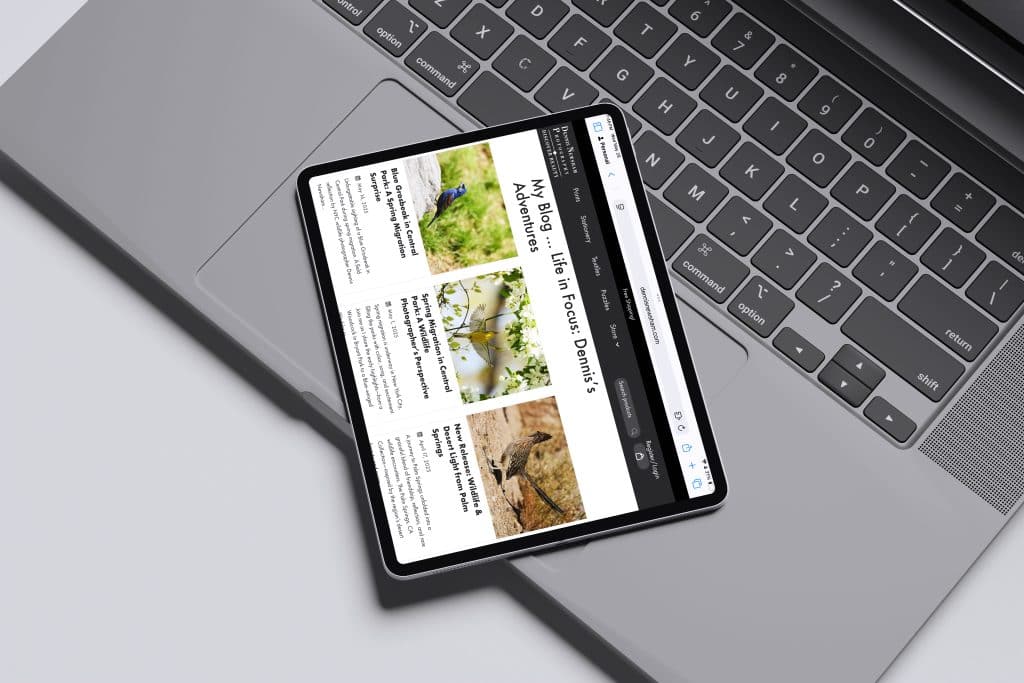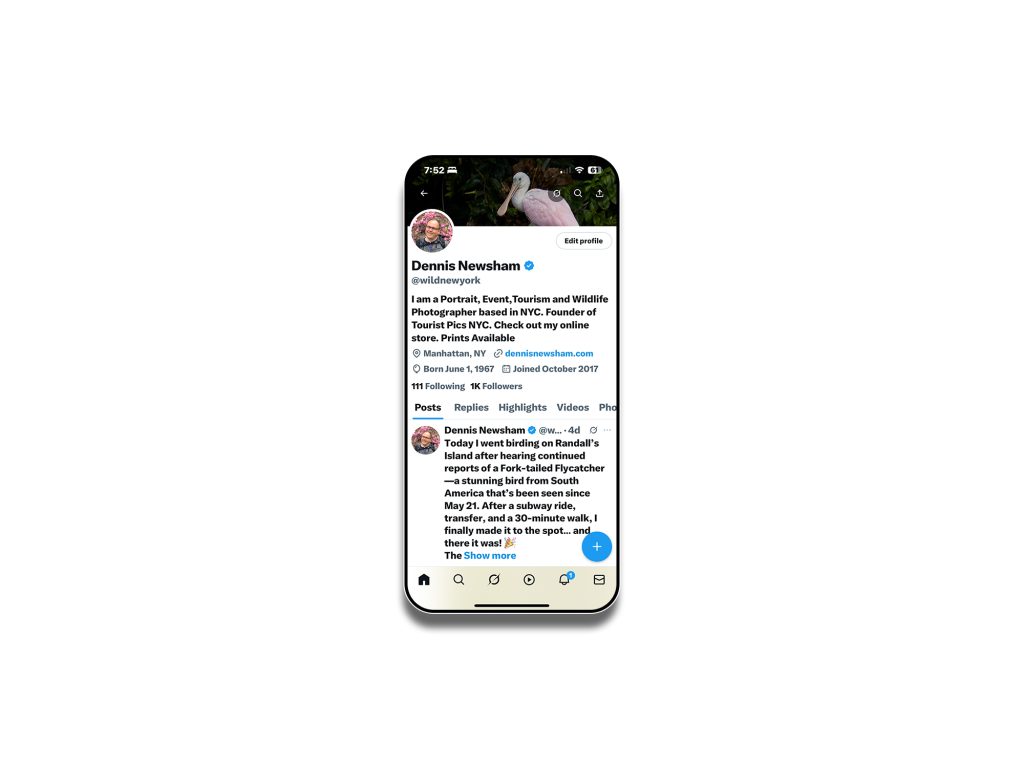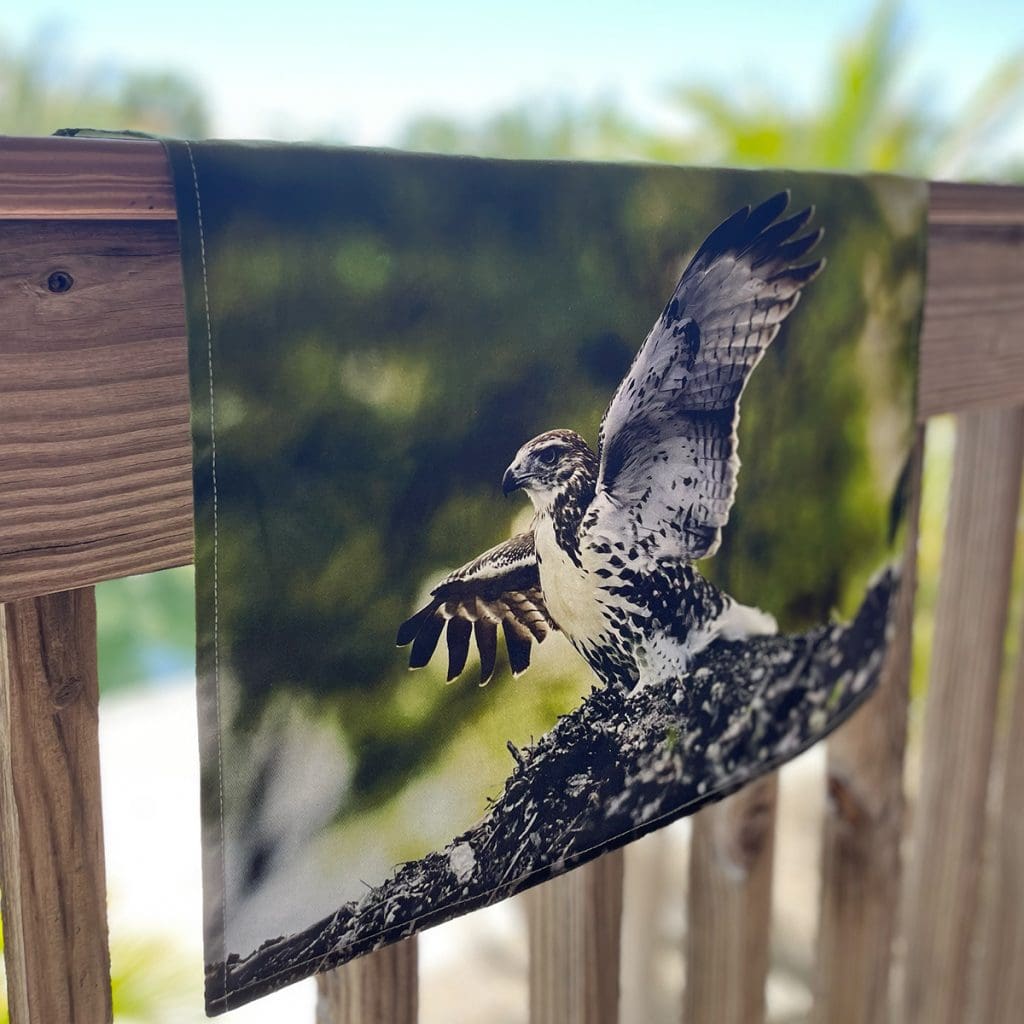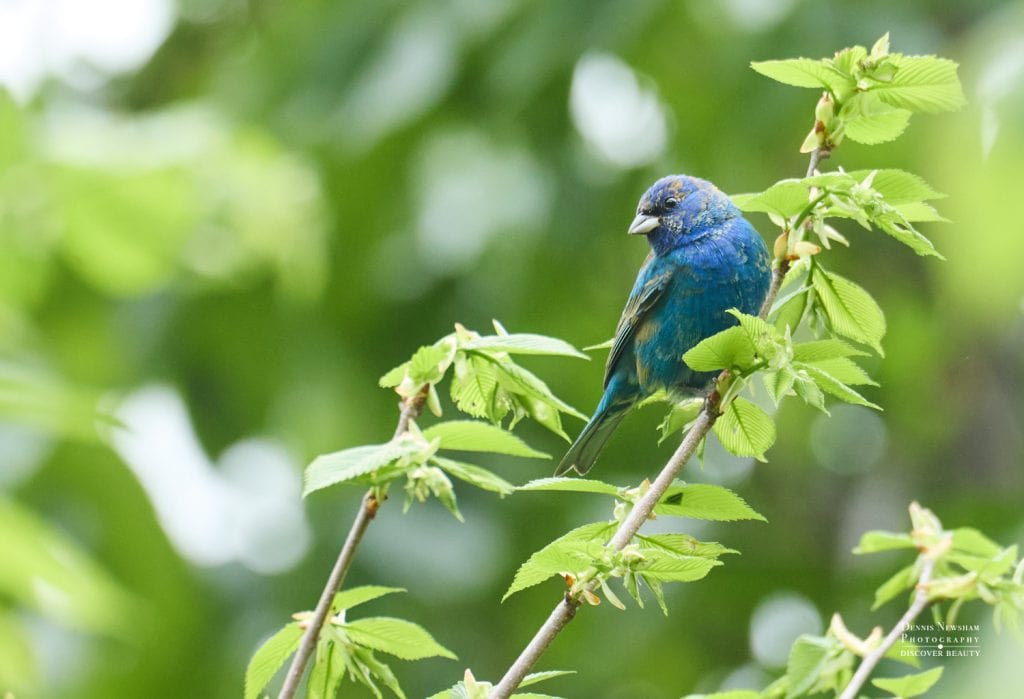
Spring Migration 2025: Color, Connection, and the Birds That Made It Special
A Soft Ending in a Fast-Paced City
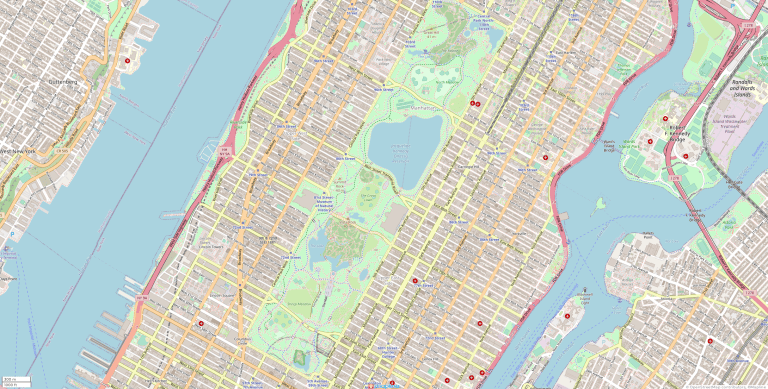
Spring migration 2025 in New York City wrapped up quietly, with Mother’s Day marking a soft but significant close to the season. Between unpredictable weather and a packed work schedule, finding time to bird felt like a delicate balancing act. I didn’t see as many birds as I’d hoped—but honestly, I probably say that every year.
One constant in my migration routine is Central Park. As the sixth-largest park in NYC and a National Historic Landmark, it spans 843 acres of diverse habitat right in the heart of Manhattan. With wooded sections, meadows, rolling lawns, and tucked-away grassy areas, the park attracts over 210 bird species annually—making it one of the top destinations for spring birding in New York City. It’s also incredibly easy to get to, accessible by subway, bus, or foot, which makes it a natural gathering point for both birds and birders. During migration, it always seems to be the center of the action.
The Colors of Spring Migration
Still, even under gray skies, this spring had its own kind of brilliance. Looking back at my photos, a theme emerged: blue, red, and yellow.
Blue came from birds like the Indigo Bunting and the Blue Grosbeak—two show-stoppers whose feathers seemed to glow in the park’s early light. The Blue Grosbeak, especially, was a standout. I wrote about that sighting in this blog post—a short but meaningful encounter near the Great Lawn that reminded me how migration magic can show up when you least expect it.
Red arrived in flashes: the fiery Scarlet Tanager and our familiar Northern Cardinals, always bold and beautiful against the fresh green of early May.
Yellow shined in the form of the Yellow Warbler, Prothonotary Warbler, and Blue-winged Warbler. These birds bring such warmth and energy to the scene—it’s hard not to smile when one crosses your path. I featured both the Prothonotary and Blue-winged Warblers in Part 1 of my Spring Migration blog—moments that were brief but unforgettable.
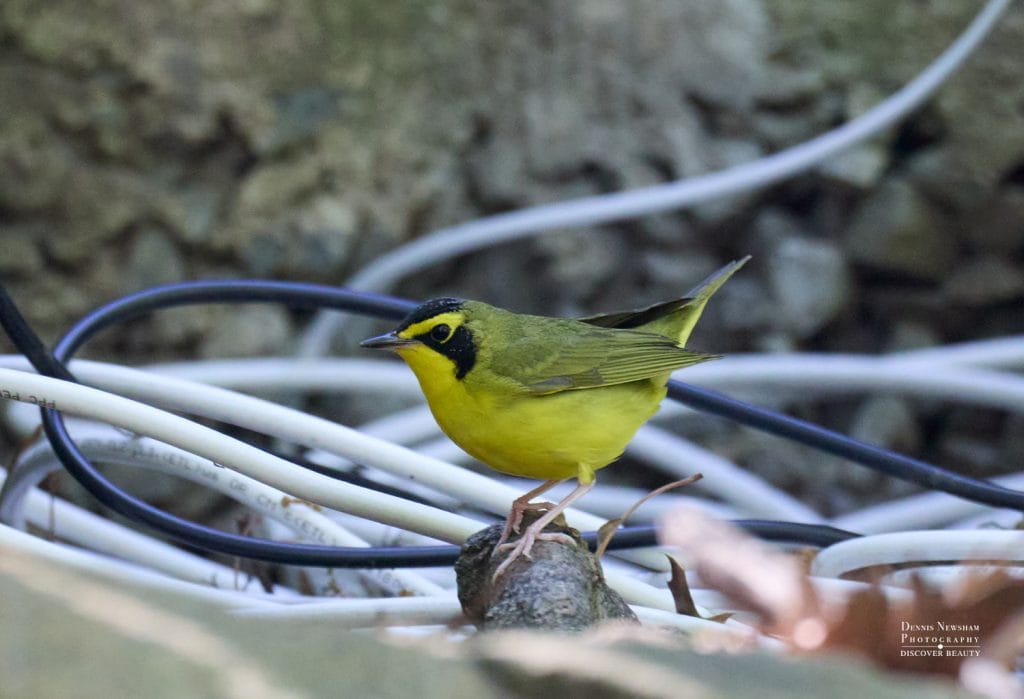
The Kentucky Warbler: Three Days, One Worthwhile Moment
There’s something about the Kentucky Warbler that keeps you coming back. I’ve photographed this bird before, and every single time it feels just as exciting. But this spring’s encounter was something else. It took me three long days of searching in Central Park—checking the same shaded undergrowth over and over, hoping to catch a break. And while I always aim to respect the bird’s space and rhythm, I was determined. You don’t get many chances like this.
The weather wasn’t always in my favor. The bird definitely wasn’t either. It stayed low, quiet, and hidden—just as Kentucky Warblers love to do. They’re not rare exactly, but they’re masters of staying out of sight. That makes a good look, let alone a usable photo, feel like a personal victory.
On day three, everything finally came together. A clearer view, better light, and a bird that decided—just for a moment—to give us a glimpse. I wasn’t the only one waiting. A handful of birders had gathered, many of them familiar faces I hadn’t seen since last spring. The Kentucky tends to do that—pull people together. And when I finally got the shot, it wasn’t just relief. It was joy. Joy in the patience, the persistence, and in the shared excitement of finally seeing this elusive bird do its thing.
Birding Community in the Digital Age
This season reminded me just how powerful—and generous—the NYC birding community really is. For years, the Manhattan Bird Alert on Twitter (now X) has been my go-to for real-time sightings across the city. And of course, eBird continues to be a key tool for tracking patterns, hotspots, and checklists. But this year, I found myself leaning more and more on something newer: Discord.
Discord has quickly become a part of the birding toolkit. It’s not just about alerts—it’s about conversation, collaboration, and connection. There were days when a shared pin or quick chat on Discord helped me decide where to go. In a city this big, where a Fork-tailed Flycatcher can be spotted on Randall’s Island while a Kentucky Warbler hides deep in Central Park, those tips make all the difference.
A Life Bird on Randall’s Island: Fork-tailed Flycatcher
Thanks to a flurry of bird alerts and some incredibly dedicated birders calling it out in real-time, I was able to see a Fork-tailed Flycatcher for the first time—my life bird for Spring 2025. This stunning vagrant from South America showed up on Randall’s Island, and the moment it did, the birding community lit up. It wasn’t just an alert—it was the chatter, the shared excitement, the buzz building through Discord, Twitter/X, and even word of mouth in the park.
Conversations started popping up: “It’s still here!” “Just flew back to the fence line!” “Tail streaming—clear views! “That kind of momentum turns a rare sighting into a real event. The energy builds, and soon, you’ve got birders arriving from every direction, all sharing one goal: to witness this rare visitor before it moves on.
And this bird didn’t just appear—it performed. With its impossibly long, elegant tail and smooth, acrobatic flight, it moved like a ribbon through the sky. Photogenic doesn’t even begin to describe it. It was right up there with the Blue Grosbeak as one of the most cooperative, visually striking birds I saw all season.
It’s not every year you get a Fork-tailed Flycatcher in New York City, and certainly not one this bold. But what made it truly special wasn’t just the bird—it was the people, the shared alert, and the electric feeling of being part of something rare and fleeting. A rare bird, a rare moment—and one I’ll never forget.
Telling Stories Through Functional Art
Every season leaves me with a fresh batch of images—and each one tells a story. Some birds practically pose, while others make me work for every frame. But whether it’s a lucky moment or a long chase, I’m always thinking about how to share that experience beyond the print.
Prints are essential to what I do, and I’ll always value them as a way to honor a photograph. But I also believe in taking that connection one step further. That’s why I’ve turned many of my favorite wildlife photos into functional pieces—items that people can use, live with, and even gift. From bird puzzles and reusable tote bags to tea towels, eyeglass cloths, and coasters, I aim to create wildlife-inspired home goods that are not only beautiful, but also practical.
It’s about making art you can interact with—a way to bring nature into everyday life, whether it’s hanging on a wall or sitting on a kitchen table. And this year, I’m expanding the shop with even more designs and new product launches I’m truly excited about.
You can explore the full range of functional art, fine art prints, and wildlife gifts at:
📸 DennisNewsham.com – Wildlife Photography Prints & Gifts Inspired by New York City and Beyond
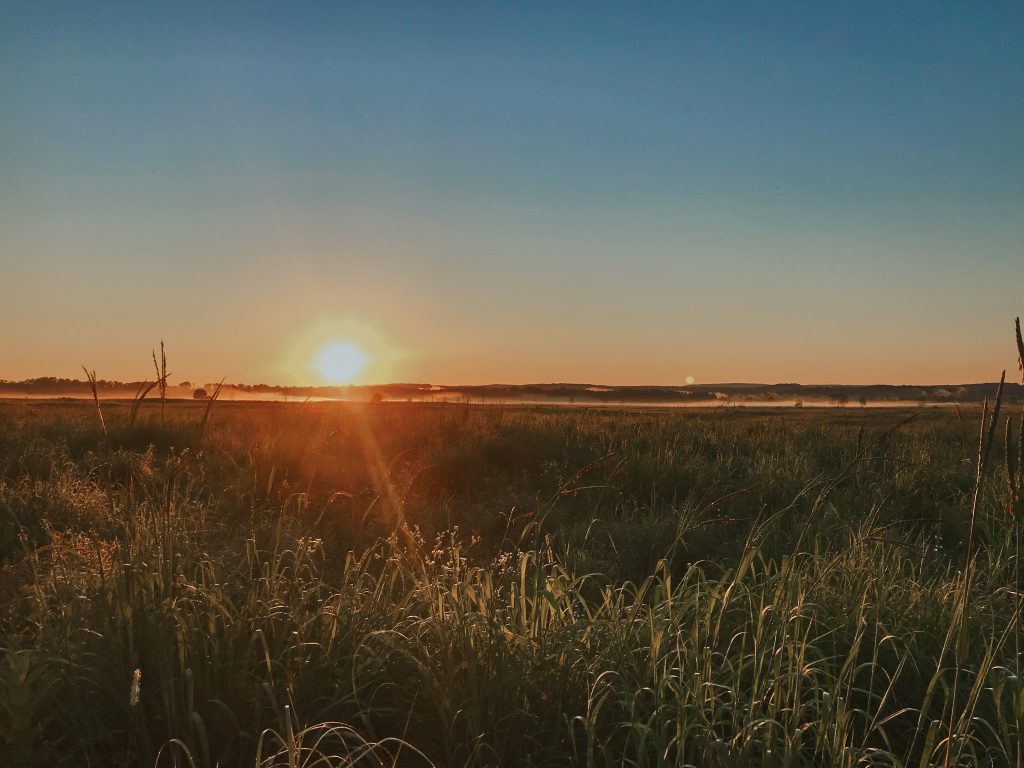
Looking Ahead: Summer Birding & What’s Next
So, what’s next?
With spring behind us, I’m shifting my focus to summer birding in New York City—tracking which spring migrants are still lingering in the parks, and spending more time out at the beaches, dunes, and marshes where shorebirds begin to arrive. There’s something peaceful about those open coastal habitats, and I’m always curious to see what the tide (and sky) brings.
I’ll also be venturing outside of the city more—exploring new habitats, chasing new birds, and continuing to expand my photographic work beyond New York’s borders. And in the meantime, I’ll be diving into images from past trips—like my recent Palm Springs series—and sharing some stories and birds I haven’t posted yet.
On the shop side, I’m also adding new wildlife-inspired products to the store—functional art that brings birds into everyday life, and a few special items I’m really proud of. And yes, the Wild New York 2026 Calendar is already in the works. I’m looking forward to seeing which birds—and surprises—this next year will bring.
And while I can’t quite announce it yet, there’s also some really big news coming soon. It’s a partnership I’ve been dreaming about for a while—an opportunity to take what I do to the next level, bringing a new experience for everyone to enjoy . I can’t wait to share more with you soon.
Because even when migration ends, the wild doesn’t stop—it simply shifts. And I’ll be out there with my camera, ready for what’s next.
If you would like to see other blog posts click here! Thank you!
Click here to read our Privacy Policy
